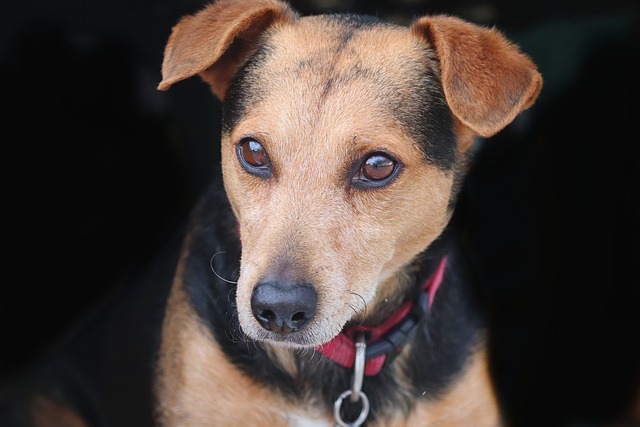
What is glaucoma in a dog?
You might notice your dog squinting more at mealtime or avoiding bright sunlight—these small changes could be early signs of a serious eye condition.
Your dog’s eyes are more than just beautiful—they’re a gateway to their world. Cloudy vision or irritated eyes can turn simple joys like chasing a ball or greeting friends into stressful experiences. But maintaining your dog’s eye health isn’t rocket science. With a few easy habits and some basic knowledge, you can help those eyes sparkle for years to come.
Start by making regular eye checks part of your routine. Lift the eyelid gently to look for redness, discharge, or tiny scratches. Breeds with prominent eyes like Bulldogs and Pugs are especially prone to injuries, while long-haired breeds may suffer from fur irritating their corneas. A quick daily peek can catch issues early, saving you from costly vet visits down the line.
Keep your dog’s face clean. Wipe around the eyes with a damp, soft cloth every day to remove tear stains and crusts. Avoid using baby wipes or human products, as their chemicals can sting sensitive eyes. Some pet owners swear by natural solutions like chamomile tea compresses, but always check with your vet first—using untested substances could violate animal care regulations in some areas.
Diet plays a crucial role. Foods rich in antioxidants like blueberries, carrots, and leafy greens support eye health. Omega-3 fatty acids found in fish oil can reduce inflammation, protecting against age-related conditions. Just be cautious when adding supplements—overdosing on certain vitamins can actually harm your dog. Always follow AAFCO guidelines or consult a vet to ensure you’re feeding a balanced, compliant diet.
 Protect those peepers during outdoor adventures. If you’re hiking in brushy areas, consider dog goggles to prevent twigs from scratching the cornea. In sunny weather, short-nosed breeds are at higher risk of sunburn around the eyes. A lightweight UV-protective visor isn’t just a fashion statement—it’s a practical safeguard. Just make sure any gear you use complies with local animal welfare standards.
Protect those peepers during outdoor adventures. If you’re hiking in brushy areas, consider dog goggles to prevent twigs from scratching the cornea. In sunny weather, short-nosed breeds are at higher risk of sunburn around the eyes. A lightweight UV-protective visor isn’t just a fashion statement—it’s a practical safeguard. Just make sure any gear you use complies with local animal welfare standards.
Watch out for signs of trouble. Excessive squinting, pawing at the eyes, or a sudden aversion to light shouldn’t be ignored. These could signal serious issues like glaucoma or corneal ulcers. In many regions, delaying treatment for preventable eye conditions violates pet care laws. When in doubt, schedule a vet appointment immediately—your dog’s vision is worth the extra caution.
For senior dogs, age brings new challenges. Cataracts and dry eye syndrome become more common, but early intervention can slow progression. Some vets recommend specialized eye drops or dietary adjustments. Remember, providing proper care for aging pets isn’t just kind—it’s often required by local regulations designed to ensure animal welfare.
Finally, don’t underestimate the power of play. Interactive toys that encourage eye-tracking, like bouncing balls or puzzle feeders, keep your dog’s vision sharp. Just avoid toys with small parts that could scratch eyes if chewed. By combining prevention, early detection, and a little extra TLC, you’ll give your dog the gift of clear, healthy eyesight throughout their life.

You might notice your dog squinting more at mealtime or avoiding bright sunlight—these small changes could be early signs of a serious eye condition.

Let’s set the scene: It’s a sweltering Phoenix afternoon—105°F outside—and you rushed your 2-year-old Lab mix, Cooper, on a quick walk to “get it over with.”

Let’s get real: You’re in your Miami apartment, watching your 3-year-old Corgi, Loki, struggle to climb the stairs to your second-floor unit.

Many dog owners brush off occasional scratching as just “dog behavior,” but persistent itching often signals something more—like a food allergy.

You might first notice your dog scratching more than usual—chewing at their paws until the fur looks thin, or rubbing their face against the couch nonstop.

Let’s be real: You’re standing in your Chicago apartment, watching your 3-year-old Beagle, Max, huff and puff just to climb onto the couch.